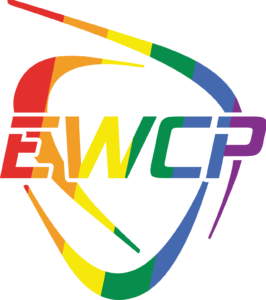Kavish Saini, is a high school senior from FTC 7244 “Out of the Box Robotics” in Thorndale, PA. Kavish is planning to study Biomedical Engineering at the University of Pittsburgh.
EWCP believes that the competitive STEM experiences acquired in FIRST can equip students to address social inequities throughout their personal, academic, and professional journeys. We found Kavish’s winning essay to be a shining example of this, and we celebrate his plan to bring his unique passion and skills to the US biomedical device industry– and healthcare at large.
From all of us at EWCP, we’d like to thank all the scholarship applicants for their time and thoughfulness which resulted in such insightful and inspiring essay submissions as we received this year.
Kavish’s winning essay
It took a surprise visit to the ER to personally comprehend the failures of the American Health System. The receipt was chalked with unnecessary expenses, most of which were sparsely covered by our insurance. For the 37 million Americans living on a below-average income, such bills can be devastating to one’s savings. This overpriced health system has embedded itself into our culture, shaping our daily lives and even the way we take care of ourselves.
With the growing expenses on biomedical devices, I knew these technologies were one of the primary causes of medical costs—and it was something I had the skills to tackle. It was my internship at a prosthetics workshop that shocked me at how most of these artificial limbs cost more than my parent’s car. A large issue with current prosthetics was the 2-3 week timeframe required to create the limb, adding thousands to the already costly materials. By instead utilizing something more efficient such as 3D printing, these new technologies can be easily utilized to create more economical and personalized prosthetics.
My work at JaipurFoot, the world’s largest prosthetics non-profit, augmented my understanding of prosthetic manufacturing. Using the thermal properties of HDPE pipes allowed the organization to alter the standard manufacturing process into a substantially cheaper and quicker technique. Such ingenuity inspires me to design a 3D-printed partial hand prosthetic for a commonly seen patient injury. The experience I have gained developing a currently patented product with nth Solutions allowed me to pick material and construction techniques while considering the cost and ease of assembly.
I hope to take my initial knowledge gained to continue to develop patient-specific printed prosthetic limbs. With over 30 million citizens around the globe in need of a prosthetic device, this plan is scalable to any level, with these 3D printed limbs already working in a non-profit setting. While more work needs to be done in the material research department, the designs I’m working on are proven to work. Most innovatively, they are adjustable, meaning that no tedious custom creations are needed for each patient.
I wasn’t able to understand many of these concepts on my own, but instead had the opportunity to learn through failure with my FIRST robotics team. It was here that I was tasked with budgetary and material restrictions in the robot design, mimicking the real-life challenges I currently face with prosthetic design. It took us several seasons and tens of broken servos to learn that sometimes expensive isn’t better, but a cheaper yet clever design can solve several problems at once. These roadblocks taught me to be creative, and find alternative solutions to the standards. In fact, it was through an FTC outreach event that I discovered the field of prosthetics!
I know that my FIRST education has led me to pursue an interest in biomedical engineering, where I’ll continue to produce low-cost biomedical devices to shake up the healthcare status quo to create a more health-forward society.
To see the Chief Delphi discussion about the 2022 scholarship, click here.
